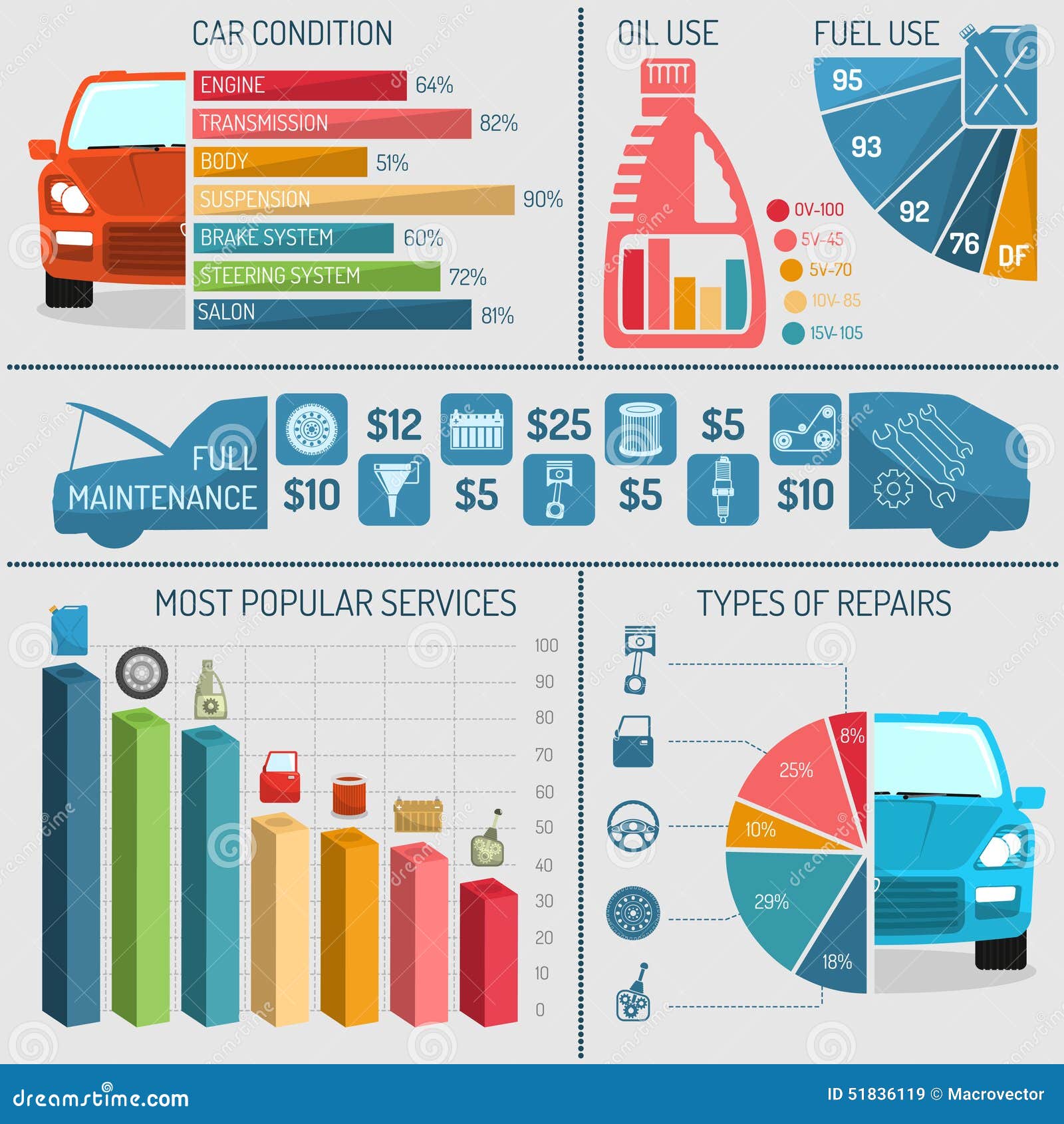Interpreting Your Automobile'S Alert Lights: Their True Implications
Interpreting Your Automobile'S Alert Lights: Their True Implications
Blog Article
Content Writer-Lim Stark
When you're behind the wheel, those glowing warning lights on your control panel can be a bit complicated. Do you understand what they're attempting to inform you regarding your cars and truck's health? Comprehending the importance of these lights is vital for your safety and the longevity of your car. So, the next time among those lights turns up, wouldn't you intend to decode its message accurately and take the essential actions to address it?
Common Caution Lighting and Interpretations
Recognize usual caution lights in your cars and truck and understand their definitions to guarantee risk-free driving.
One of the most normal warning lights include the check engine light, which indicates issues with the engine or discharges system. If this light begins, it's important to have your car checked immediately.
The oil stress alerting light shows reduced oil stress, needing immediate interest to stop engine damage.
A blinking battery light might recommend a malfunctioning billing system, potentially leaving you stranded if not dealt with.
The tire pressure surveillance system (TPMS) light informs you to reduced tire pressure, impacting automobile security and fuel efficiency. Ignoring this can bring about hazardous driving problems.
The abdominal muscle light shows a problem with the anti-lock braking system, jeopardizing your capability to stop promptly in emergencies.
Finally, the coolant temperature alerting light warns of engine overheating, which can lead to extreme damages if not solved swiftly.
Comprehending these usual caution lights will certainly help you attend to concerns without delay and preserve risk-free driving conditions.
Value of Prompt Attention
Comprehending the common caution lights in your vehicle is only the primary step; the importance of without delay resolving these warnings can't be stressed enough to ensure your safety on the road.
When a caution light brightens on your dashboard, it's your car's method of connecting a potential concern that needs interest. Neglecting these cautions can bring about extra serious troubles down the road, compromising your safety and potentially costing you a lot more in repairs.
Prompt attention to cautioning lights can prevent break downs and crashes. For example, a blinking check engine light could indicate a misfire that, if left ignored, might create damages to the catalytic converter. Resolving this promptly can conserve you from an expensive repair.
In a similar way, a brake system alerting light could signify reduced brake liquid or worn brake pads, critical components for your safety when driving.
Do It Yourself Troubleshooting Tips
If you notice a caution light on your control panel, there are a couple of DIY troubleshooting pointers you can attempt before looking for specialist aid.
car engine wash is to consult your automobile's guidebook to recognize what the certain warning light indicates. Often car upholstery wash can be as easy as a loosened gas cap triggering the check engine light. Tightening up the gas cap might resolve the problem.
An additional usual concern is a low battery, which can activate various cautioning lights. Examining the battery connections for rust and guaranteeing they're protected might fix the problem.
If a caution light lingers, you can attempt resetting it by detaching the auto's battery for a few minutes and after that reconnecting it. Furthermore, checking your automobile's liquid levels, such as oil, coolant, and brake liquid, can aid troubleshoot cautioning lights related to these systems.
Final thought
Finally, comprehending your car's warning lights is necessary for keeping your car running efficiently and securely. By quickly resolving car window tinting auckland price and recognizing what they suggest, you can prevent costly repairs and potential break downs.
Bear in mind to consult your car's guidebook for particular information on each cautioning light and act accordingly to ensure a trouble-free driving experience.
Stay informed, stay secure when traveling!
